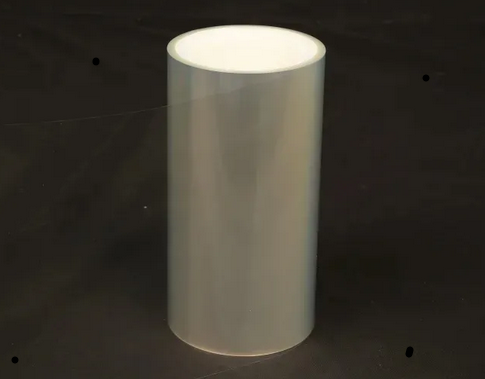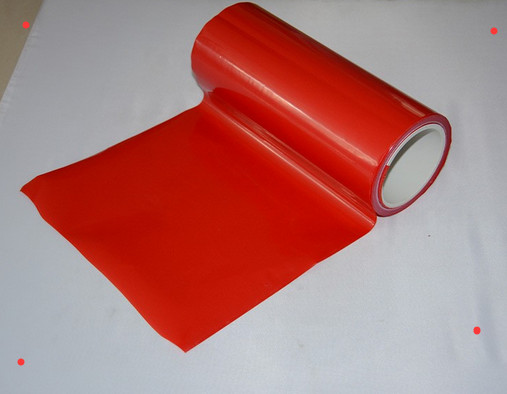How to choose the release film substrate and its function
How to choose a release film substrate:
The release film substrate is a plastic or paper-based film sheet used to prevent premature adhesion of sticky surfaces. They are usually coated on both sides, and their job is to carry the adhesive substrate (sticker) until it is ready to be torn apart.
Release film substrates or "substrates" include films, paper, polymer coatings, and in some cases metallic paper or films. They are usually coated with silicone to help release sticky surfaces.
The paper release film substrate is made of paper. There are many options related to thickness and coating to choose from to meet different printing needs of users.
Paper-lined release film substrate is a more economical substrate choice, and it is also a popular method on the market. In the United States, super calender kraft paper (SCK) is a commonly used material, while cellophane release paper similar to SCK is used in other parts of the world.
The release film substrate has excellent "flat" characteristics and excellent ink resistance, providing brighter and clearer printing. Another advantage of release film substrates is that they can accept different types of inks or varnishes, so you can customize the way you use them during use.
Paper liners also have disadvantages and are easily damaged when exposed to the air for a long time. For example, water can cause ink loss and can also cause booklet pages to stick together. It is also easier to fade and turn yellow when exposed to sunlight.
Film release liner: The release film substrate is made of plastic polymer, including three main types: polyethylene (PE), polyolefin, and polypropylene (BOPP). There are many options in terms of thickness, stretch, flexibility, strength and appearance.
The advantage of film release paper over paper liners is the durability they provide in terms of sunlight, heat, water and abrasion. The release film can be transparent or colored, which also provides customers with more flexibility.
Film liners are used in a variety of applications, including tapes, labels, bandages, and other consumer and industrial products that serve multiple industries.
The choice between paper and film release paper will largely depend on your needs. If your product will be exposed to the natural environment, the durability, strength and flexibility of the film liner will be more suitable for your needs. If you are looking for clear graphics and flexibility with printing needs, paper is likely to be your good choice.

The role of the release film substrate:
The purpose of the release liner is to provide a way to protect the adhesive and deliver it to its point of application, and prevent the adhesive from sticking before the user is ready to use it.
Generally, there are two forms, one-sided coating (C1S) or two-sided coating (C2S).
Single-sided coating (C1S) release liner:
C1S liners provide protection for adhesives laminated to film or paper substrates. In addition, because they provide a good, flat, and uniform surface, they are used as die cutting bases. These C1S liners are primarily used as a delivery mechanism for adhesives for automatic or manual labeling and graphic arts applications.
Double-coated (C2S) release liner: tape illustration double-sided tape
C2S, also known as differential release paper, is a paper or film web coated with a silicon-based release coating on both sides, designed to provide different release values for the specific adhesive applied on it.
Differential release liners provide a way to protect pressure sensitive adhesives (PSA), fiber composites or heat seal adhesives and deliver them to their point of application, where the liner can be removed, leaving only Adhesive.
C2S release paper can have two adhesives, with a substrate in the middle, which can be wound on and unrolled from the roll. Use this format when using a transfer adhesive or using two different adhesives on both sides of the substrate. In either case, the liner must have two different release values (surface energy) to obtain the proper performance of the product to remove the adhesive from the surface of the release liner.






